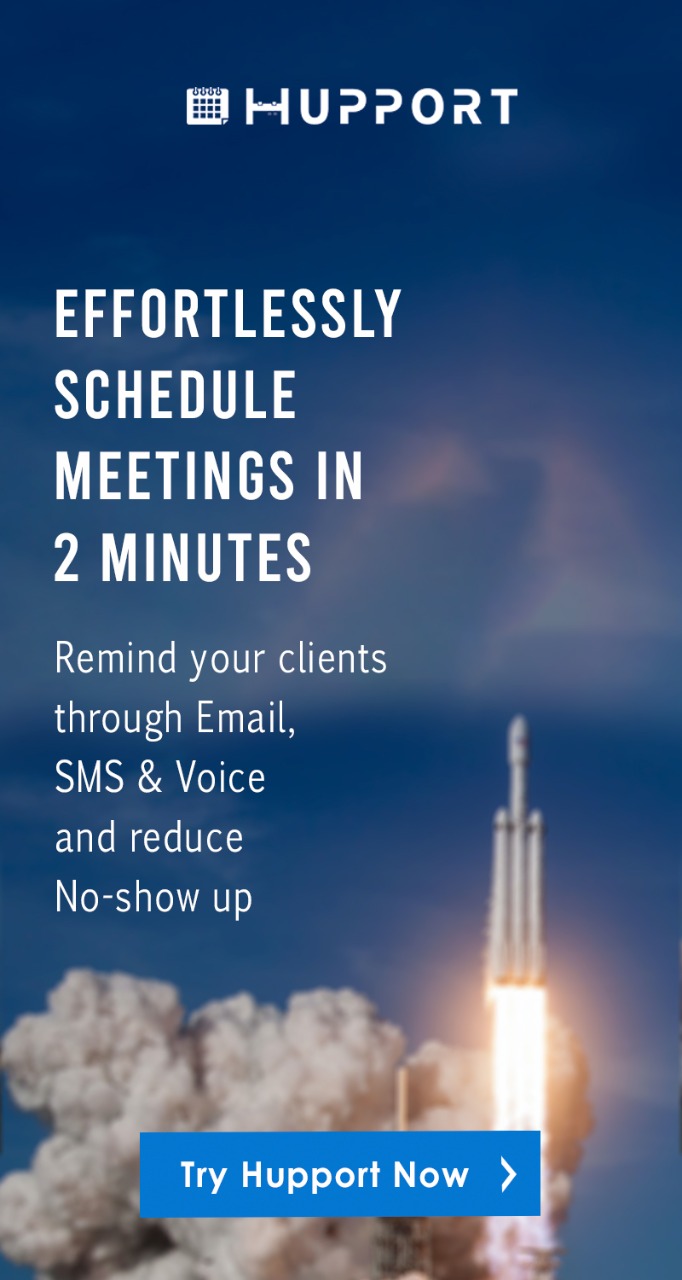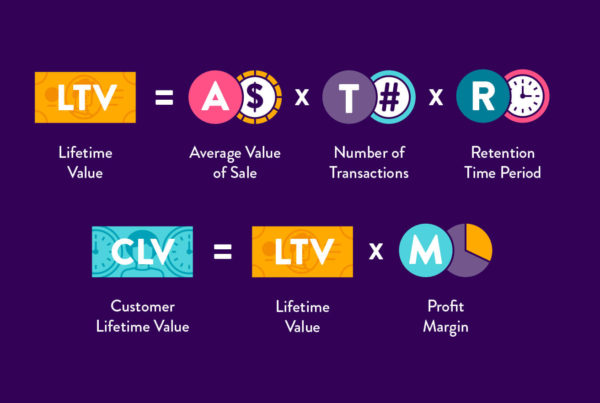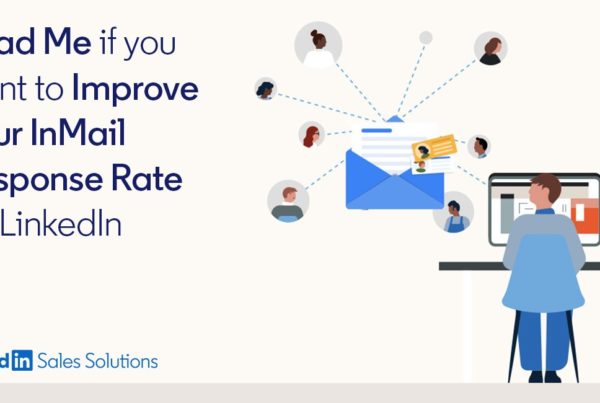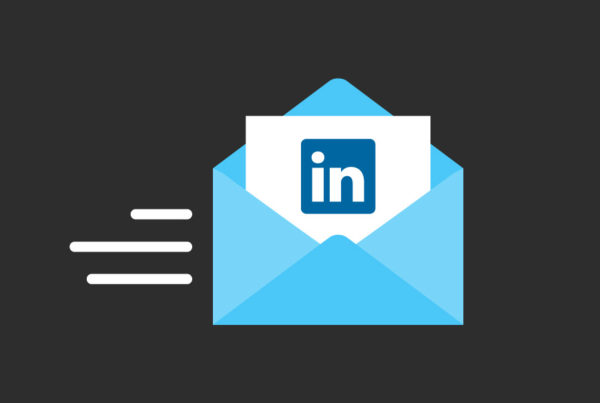Sales follow-up is a crucial strategy for any business sales. This can bring more brand value and customer loyalty if implemented properly. But the crux of this situation is that, unlike other fields where you have definite control over the scenario, the after sales are somewhat you will have to do according to your intuition respecting the atmosphere.
None the less, Sales follow-up could yield a greater margin than you expected and if you are behind the target in the fiscal year, it’s probably time to push more for sales follow-up so that you could meet any deficit that is on the way.
The difficulty with sales follow up emails:
The main disadvantage with e-mail follow-up is that, with so much spam e-mails in the modern internet era, there are more chance of people avoid opening the mail than even reading the title of the mail even if you had a subject in the mail that could have been appealing for the target audience. In order to change the perspective of the emails that are coming from you, you will have to create a bond of trust. And this trust is harder to build on when you have no direct physical contact with the potential buyer.
The way around it:
People will open an e-mail if they find some vibe of genuineness around it. And here, the approach will hold more importance than anything. With this approach, you can win the heart of the customer or you may push them away. Based on the timeline, you will have to change this approach from aggressive to defensive and vice versa.
Know your target audience:
While sending the follow-up emails, you won’t want to hurt your reputation also in the process. If you send them in a very high frequency, then there is a probability you will be regarded as spam to the email clients and all your future emails will end up in the spam folder. Hence, when and how many times to send is pivotal in this scenario. There are three types of response that you can get from the receiver.
Asking to stop/Unsubscribing:
When a person asks you to stop sending emails or have unsubscribed from the newsletter, then it means it has been nuisance enough for him to actually take the step to stop receiving the emails.
No response at all:
The receiver hasn’t corresponded to any of the emails though, they haven’t opted out of receiving the emails or have asked you to stop sending them. This audience still has some level of interest in your services though it is very low at the moment.
Positive response:
Many times, you will get a positive response from the audience and in this case, you will have to keep the ball rolling as the correspondence may turn cold at any time, a situation which you will want to avoid at any cost.
Depending on these responses, you will have to build your strategy.
Title/Subject will create the first impression:
The first impression is what can make a big difference in the end. A good first impression can initiate a cascade of events that will eventually lead to customer loyalty and your sales will grow exponentially. Hence, it is important to take extra care while writing the subject. One shouldn’t be too aggressive and too “pushy” while sending the first follow-up as it could turn away most people. You have to be neutral on your approach and have a generic tone while writing it so that, after triggering the response, you can follow-up with the deals.
Don’t forget to give a context of previous interaction if there is any:
During the follow-up procedure, there may have been times when you might have got a positive response to someone, be it enquiring about products or services or any other aspect. If that occurs, it is time to bring those on the table while sending out the mail. It creates a personal connection with the target audience and hence, there is more likely to get a further response than no response at all.
Adding a value-added:
When you get a positive response from someone, after a few days, you should send a sales follow-up mail asking feedback while adding value-added benefits along with it. This is the step where you might gain another customer for a different product range. If the customer is happy with the previous product, then there is a high probability that he will trust your words, your brand and your reputation. It is time to bring everything together and sell the value-added services or a different product range based upon the trust that you have built upon.
Use A/B testing:
A/B testing is when you will have two variants of the same entity to check which one does make a greater impact. In case of sales follow-up emails, you can make two different variants of the same content and track which one is yielding more responses than the other. It will give you an idea about the mind inside the customer and what they are seeking. Depending upon that data, you can build a strategy where, you can effectively put those into perspective and hence, can make a more successful connection. This testing will also show a picture of the demography that you are trying to make connections to. When you have a clear idea about what the audience wants, then it will be easier to build a strategy than shooting in the dark.
Choose timing according to the situation:
Along with the content as it has been mentioned, when to send a mail is also a key to success. On average, 80% of sales require at least 5 follow-ups. Which mean you have to remain in contact with the person through multiple times in order to create the necessity of the product or the service in his mind so that the potential buyer will go through the process realizing the impact that the product or the service can make. On weekends, most people will be away from their work and spending time with the family, so it is less likely that you will have a positive response during this private time. Hence, after establishing a connection, you will have to asses which time is best to contact that particular person. This will vary from person to person and hence, it is difficult to put a guide for it at any point. It should be treated as a case to case to basis and then make the judgement accordingly.
The soft follow-up:
Till now, it was all about aggressive marketing where you hold the centre of the stage. The soft follow-up is a bit of different approach where you will detach yourself from the line of communication and let the mail speaks for itself. This soft follow-up often comes with digital marketing. While you are interacting with the customer of the existing service or product, you could also add digital advertising which could include any discounts on a different product line or other types as such. Reviews can also be a great source to build a connection whereby, the customer may inquire you about the product. This approach is the soft follow-up approach where the message is put forward in an indirect manner though in many cases, it could result into a great prospect and more.
Getting an agreement:
This agreement will come after a few exchanges of emails where you will be ascertained whether you should continue with the pursuit or it is time to stop. If someone asks you to stop sending them emails, then you should respect their wishes and end the process. But, by creating a personal connection, one may avoid that circumstance.
For example, if someone is unavailable for a month, then you can request if you could contact him/her after the end of the month. If you have successfully created a personal vibe during this time, then more chance is that he/she will agree to that request which will still keep the door open for you to make another attempt. The main aim here is to keep the communication open rather than bombarding the customer with emails even when he/she has requested not to. It will create a much cleaner image of you in the mind of the customer and this will drive more sales.
Staying organized:
In order to achieve everything that is outlined above, one has to stay organized. It will be easy if you have few customers but as they will grow in numbers, you will find it difficult to keep a track of everyone. This where a CRM or Customer Relationship Management may come handy. A CRM solution helps in interaction with the customers and the potential customers with the company or the organization. The CRM could be defined as three different entity:
CRM as technology:
The tools that are used to record, report, interactions between the company and the user.
CRM as strategy:
Philosophy or approach about how the relationship between the organization and customer should be managed.
CRM as a process: System which actually does manage the relationships.
These all three different components of CRM system allow you to be organized in different ways and thus, helps in building the future. With the CRM in place, the follow-up emails are more organized and you can interact with the potential customers more easily thus, creating new ventures of your business.




